
I continue with this guide dedicated to MIDI, a versatile tool that allows you to do countless things in the studio.
Turn any MIDI controller into the instrument you want using VST plugins. It gives you great editing power and synchronizes your entire studio, which will allow you to create tracks quickly and efficiently. And these are just some of its benefits… But it is a whole world in which there is much to learn.
To get the most out of MIDI, it is important to know what it is, when to use it and how.

Sigo con esta guia dedicada a MIDI una versátil herramienta que te permite hacer infinidad de cosas en el estudio.
Convierte cualquier controlador MIDI en el instrumento que quieras usando plugins VST. Te aporta un gran poder de edición y sincroniza todo tu estudio, lo cual te permitirá crear pistas de forma ágil y eficiente. Y estos son solo algunos de sus beneficios… Pero es un todo un mundo en el que hay mucho que aprender.
Para sacar el máximo partido al MIDI, es importante saber qué es, cuándo usarlo y cómo.
Program Change (0xC0~0xCF). / Cambio de Programa (0xC0~0xCF).
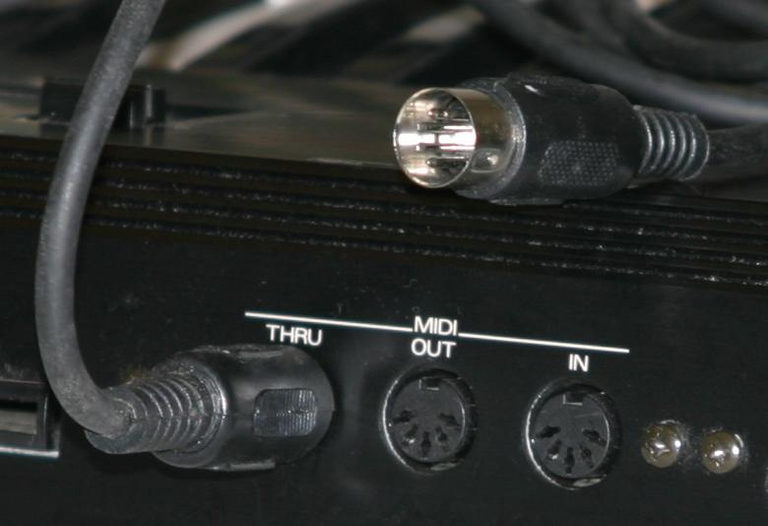
The word program is the set of parameters that define the sound generation of a synthesizer. The program change message is used to change the sound of an instrument, but can be used for other purposes as well. This sound change is in relation to one preset sound to another, not a means of adjusting individual parameters of the sound generating circuit. A program change message is composed of 2 bytes: a header byte followed by a data byte with a range between 0x00~0x7f.

La palabra programa es el conjunto de parámetros que definen la generación de sonidos en un sintetizador. El mensaje de cambio de programa sirve para cambiar el sonido de un instrumento, pero puede ser usado para otros fines diferentes. Este cambio de sonido es en relación de un sonido preestablecido con otro, no un medio de ajustar parámetros individuales del circuito generador de sonidos. Un mensaje de cambio de programa esta compuesto de 2 bytes: uno de encabezamiento seguido de un byte de datos con un rango entre 0×00~0x7f.
Pitch Wheel Change (0xE0~0xEF). / Cambio en la altura (Pitch Wheel) (0xE0~0xEF).
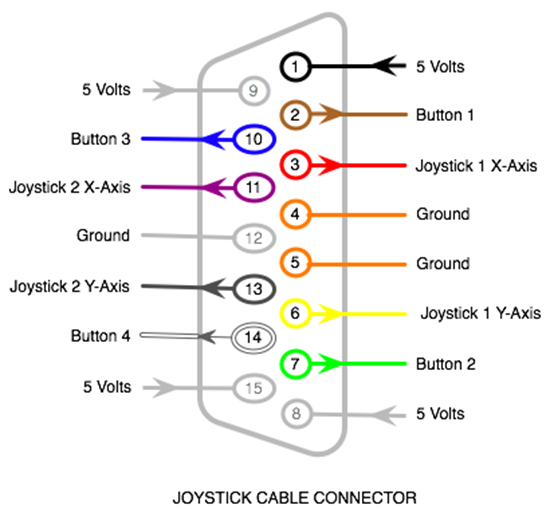
Pitch shift messages allow the pitch to be changed gradually and smoothly between notes. In this way, the resolution can be increased microtonally, overcoming the semitone barrier. These messages contain three bytes. The header byte carries the message code and the channel number. The next two bytes are the pitch shift value. Groups of seven bits in both bytes are joined together to form a 14-bit value. The first byte contains the seven least significant bits, and the second byte contains the seven most significant bits. In decimal, a 14-bit number corresponds to a range between 0 and 16383, allowing very fine control of the pitch. Usually the value 8192 is used as the zero point, with values above this meaning an increase in pitch, and values below this meaning a decrease.

Los mensajes de modificación del pitch permiten cambiar la altura gradual y suavemente entre notas. De esta forma se puede aumentar la resolución microtonalmente, superando la barrera del semitono. Estos mensajes contienen tres bytes. El byte de encabezamiento lleva el código del mensaje y el número del canal. Los dos bytes siguientes son el valor de modificación del pitch. Los grupos de siete bits en ambos bytes se unen para formar un valor de 14 bits. El primer byte contiene los siete bits menos significativos, y el segundo los siete más significativos. En decimal, un número de 14 bits equivale a un rango entre 0 y 16383, permitiendo un control en el pitch muy fino. Usualmente el valor 8192 se utiliza como punto cero, y los valores por encima de este significan incremento en el pitch, y un decremento los valores por debajo del mismo valor.
Create a console type project with the name midi. / Crear un proyecto de tipo consola con el nombre midi.
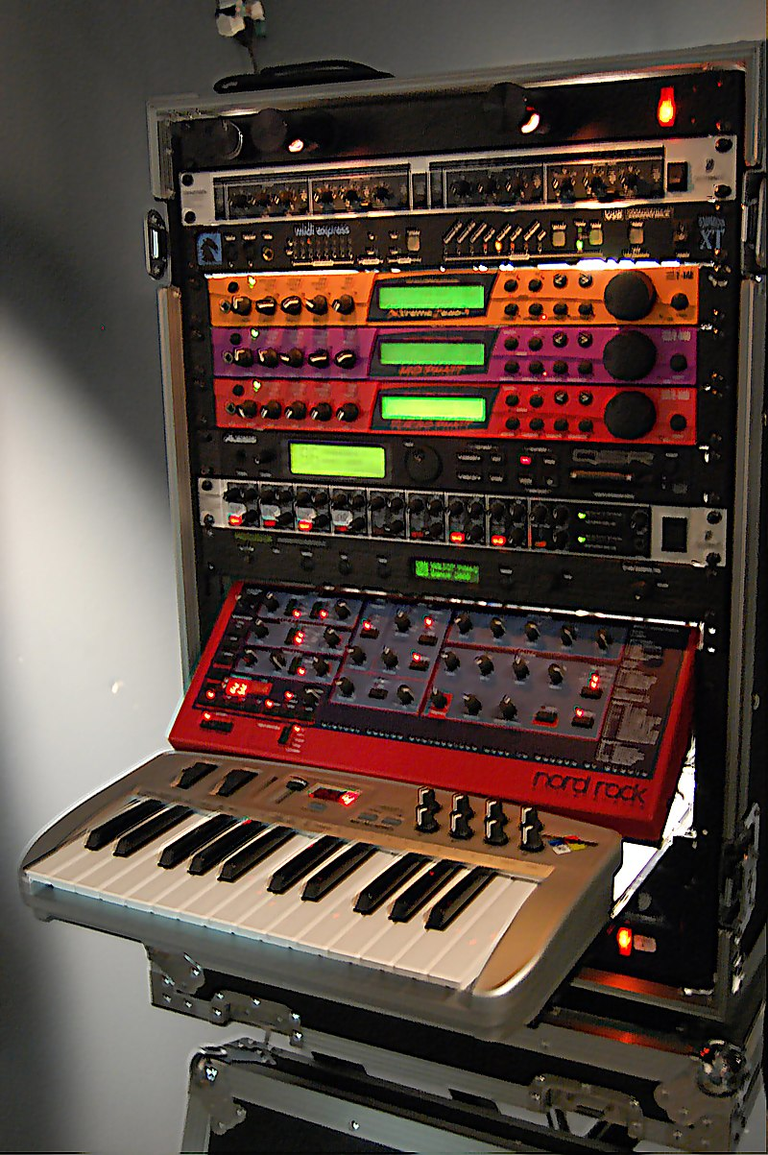
Inside the folder where the project was created, a folder named midi appears, where the files with the source code are located. Inside this folder, the following files found in the Pormedia project must be added:
porttime.h: Located in the porttime folder.
porttime.lib: located in the porttime\Release folder
portmidi.h: Located in the pm_common folder.
portmidi.dll – Located in the Release folder.
portmidi.lib: Located in the Release folder.
Add the porttime.h and portmidi.h files to your project in Visual Studio.
In the Solution Explorer tab, right-click the project name and select Properties.
In Configuration Properties select Linker and then Input.
In Additional Dependencies, add the following lines:
winmm.lib
porttime.lib
portmidi.lib
To verify that it works correctly, in the main, add the Pm_Initialize(); method and compile.

Dentro de la carpeta en la que se creó el proyecto, aparece una carpeta con el nombre midi, donde se encuentran los archivos con el código fuente. Dentro de esta carpeta se deben agregar los siguientes archivos que se encuentran en el proyecto Pormedia:
porttime.h: se encuentra en la carpeta porttime.
porttime.lib: se encuentra en la carpeta porttime\Release
portmidi.h: se encuentra en la carpeta pm_common.
portmidi.dll: se encuentra en la carpeta Release.
portmidi.lib: se encuentra en la carpeta Release.
Agregar los archivos porttime.h y portmidi.h al proyecto en Visual Studio.
En la pestaña Solution Explorer, hacer clic derecho sobre el nombre del proyecto y seleccionar Properties.
En Configuration Properties seleccionar Linker y luego Input.
En Additional Dependencies, agregar las siguientes líneas:
winmm.lib
porttime.lib
portmidi.lib
Para verificar que funciona correctamente, en el main, agregar el método Pm_Initialize(); y compilar.
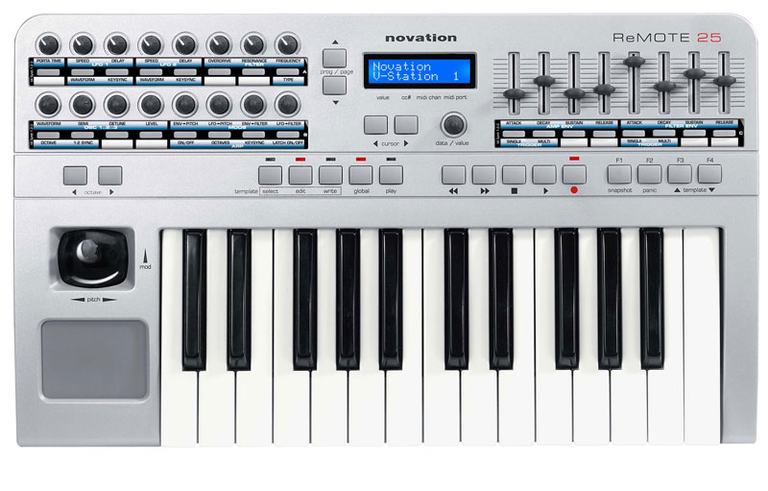
This article has been published on my blog dedicated to Linux.
Este articulo ha sido publicado en mi blog dedicado a Linux.
Source images / Fuente imágenes: MIDI.org


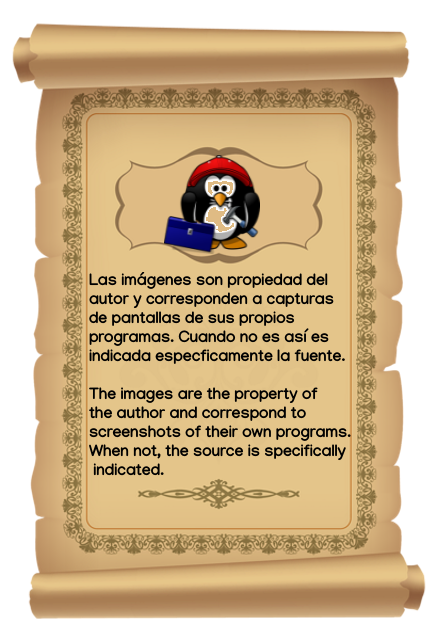
| Blogs, Sitios Web y Redes Sociales / Blogs, Webs & Social Networks | Plataformas de Contenidos/ Contents Platforms |
|---|---|
| Mi Blog / My Blog | Los Apuntes de Tux |
| Mi Blog / My Blog | El Mundo de Ubuntu |
| Mi Blog / My Blog | Nel Regno di Linux |
| Mi Blog / My Blog | Linuxlandit & The Conqueror Worm |
| Mi Blog / My Blog | Pianeta Ubuntu |
| Mi Blog / My Blog | Re Ubuntu |
| Mi Blog / My Blog | Nel Regno di Ubuntu |
| Red Social Twitter / Twitter Social Network | @hugorep |

| Blurt Official | Blurt.one | BeBlurt | Blurt Buzz |
|---|---|---|---|
 |  |  |  |

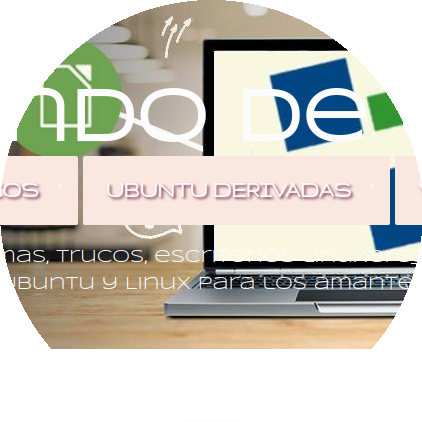 | 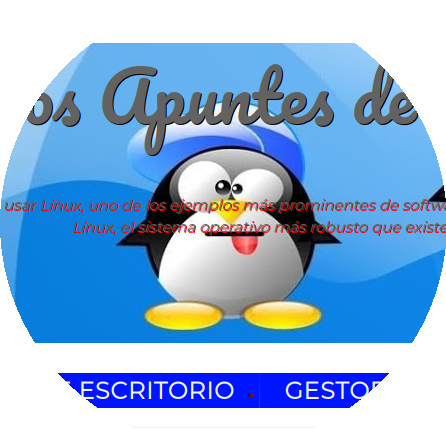 | 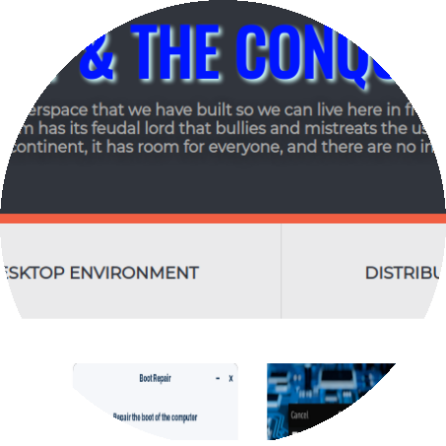 | 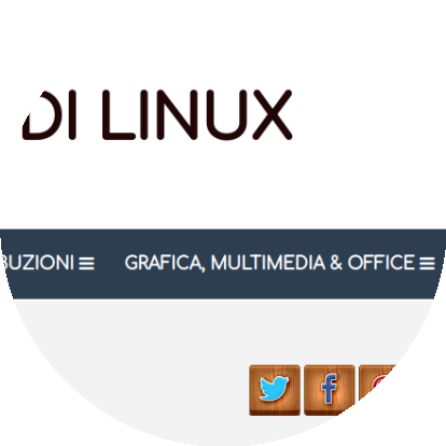 |
|---|
